How one major school district arrived at Energy Efficiency
By Dave Newman, PE, CEM, LEED-AP, CEA, Vice President, Engineering, Energia
As the 8th largest school district in the United States, the School District of Philadelphia faces a complex challenge: Many of its 250+ buildings need major infrastructure upgrades, which became even more urgent with the additional classroom health and safety demands created by the COVID-19 pandemic. Updating such a large infrastructure is a complicated scenario, including everything from lighting upgrades to new heating, ventilation and air conditioning systems, and digital temperature controls. The size of the district meant the costs of projects were going to be substantial.
It soon became apparent that what the district needed was a cost-effective approach, led by experts with proven experience managing complex building improvement projects in K-12 school districts. The district decided to pursue an Energy Performance Contract (EPC) in order to fund building upgrades, using guaranteed energy savings as a funding source to enable them to do more. After a competitive RFP, they selected Energia to manage the process.
We helped guide the district through the twists and turns of Pennsylvania’s Guaranteed Energy Savings Act (GESA, the Commonwealth’s version of an EPC) and coordinated all facets of initial planning. This meant steering the project through various departments and competing priorities, working with the Board of Education, dealing with the politics that accompany a project of this size, and, of course, the biggest lift of any EPC project–the planning and construction. We took a three-step approach for the first phase of the challenge.
- Analyze the Opportunity
Our first step was to research and get a complete view of the district’s most pressing energy efficiency needs. We surveyed all buildings across the district and ranked them according to needs. Then we grouped together those buildings that required the most extensive renovations, along with newer buildings whose upgrades provide quicker return on investment and were less invasive. From that informed perspective, we developed a plan to upgrade eligible buildings in phases.
- Develop and Pilot Program
During our analysis, the District wanted to create a three-building pilot program to test a phased-approach to making improvements and understand the GESA process. The first building we identified was constructed in the 1930’s and was in dire need of core ventilation systems, heating and cooling. The other two buildings were newer high schools—significantly more modern but still in need of lighting, weatherization, digital temperature control upgrades and water-saving bathroom upgrades; simple steps that could be implemented quickly with minimal disruptions to the building.
- Select Partner & Implement Upgrades
Next, we oversaw an RFP process to select an Energy Services Company (ESCO) contractor to complete the upgrades. We reviewed a number of strong responses and finally assisted the District in selecting Noresco as their partner. The Massachusetts-based company came in and performed a comprehensive energy audit of the three buildings, after which findings were presented, scope of work was customized to meet the District’s needs and contracts were signed. Then came engineering design, and construction. Within a year, the $22.4 million project was fully operational, delivering annual savings of $330,000 and a 39% reduction in energy costs.
Moving Forward
With Phase 1 complete, it was time to repeat the cycle, with a new set of twelve buildings scheduled incrementally over five groups, similar to the pilot project. Once again, Energia spearheaded the RFP process, helped review responses and assisted in competitively selecting another ESCO, Johnson Controls. The first group of three buildings was a similar strategy to the pilot. One building needed simpler improvements – standard lighting and weatherization upgrades, while two of the others required complete HVAC replacements, with new heating and air conditioning systems.
From there, we will continue the process, with strategic groupings of buildings and improvements until the entire project is complete.
Working to create better learning environments for students is the end goal of all our EPC projects, and that is a great reward in and of itself. But along the journey there are so many moments of pride. For me it was during a walk-through with the Board of Education following the completion of the major HVAC upgrades in our project just in time for the start of the school year. We saw the profound improvements to the learning environment register on their faces; the lighting was bright and uniform, fresh air was circulating throughout the building, it was well temperature-controlled, and everything was up to code. Their satisfaction with the work was a reward on its own.
The School District of Philadelphia project is an enormous undertaking, and it is hugely rewarding to play a role.
While the work is ongoing, there are lessons we have already learned here that are applicable to many districts, large and small:
- Leverage the power of an EPC to meet COVID-19 health and safety requirements while addressing critical infrastructure issues, with no out-of-pocket costs and no burden on taxpayers.
- Consider a phased approach to complex, multi-building energy-efficiency building upgrades for maximum efficiency and minimal disruption.
- Work with an expert who brings in-depth knowledge of and commitment to school districts, combined with proven expertise in energy engineering and performance contracts.
Recent Insights-
This Strategic Partnership Will Benefit You
